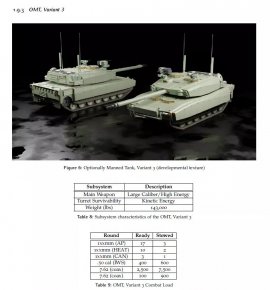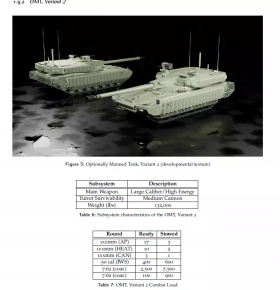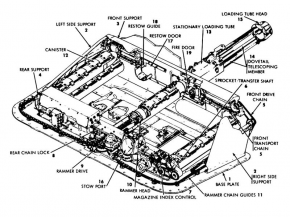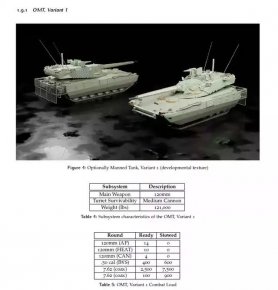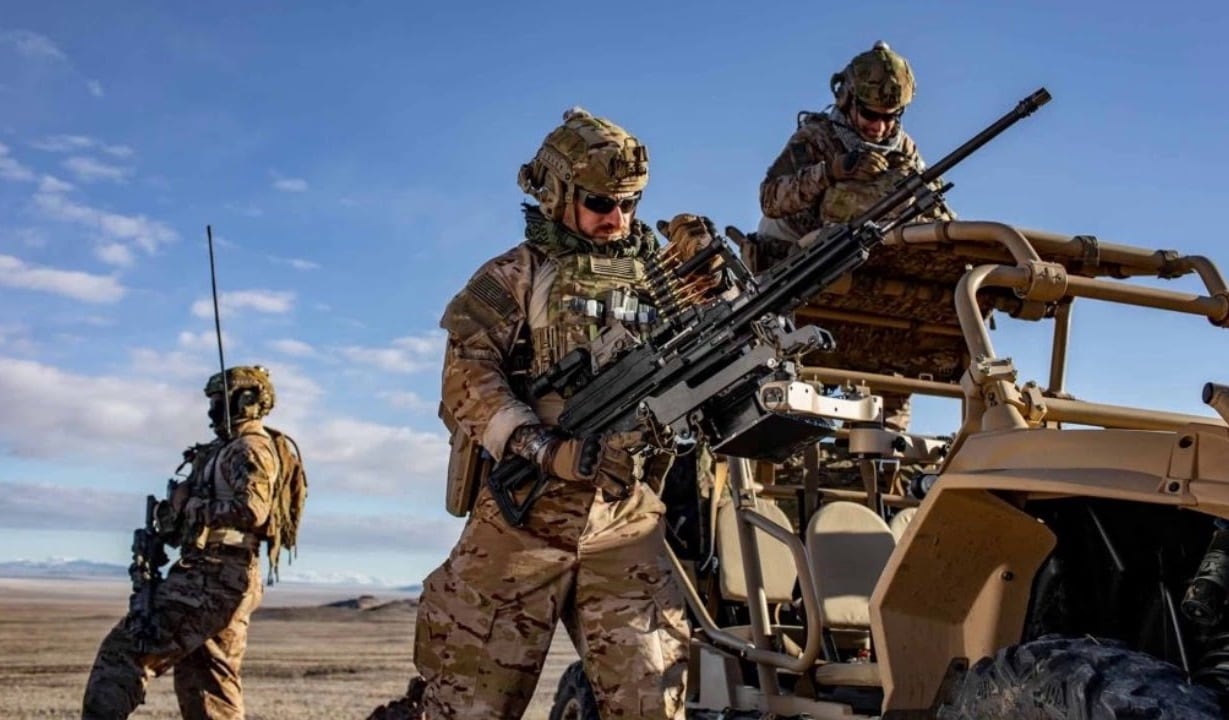I think that’s a weak argument as the front of the turret is the thickest armor of the tank.
When you design an AFV, or any type of system, really, that is made for the long term, you stop thinking about the numbers and start thinking about how to get a conceptual advantage.
So less "we have a lot of armor there so don't worry" and more "how do we protect it in case of inevitable penetration?".
As you can see, in the V1, the protection level for the turret is against medium caliber shells, because it's similar to the T-14 - its entire armor is in the gun mantlet, which is, for practical reasons, barely armored and not homogenous at all.
I mean if the enemy has the capacity to penetrate from the front the tank. Said tank is pretty much doomed no matter where they take the hit.
No, it isn't. Ever heard of layered protection? Or the onion of defense? Same same different name.
If your armor's pierced, you start thinking about how to protect your crew and systems to maintain functionality.
Typically, you'd fire 2 rounds into a tank to ensure kill. If your tank remains functional between the two shots, there's a lot you can do at that time.
If you can survive those 2 shots, you're forcing the enemy to spend even more ammo, and you have an even larger window of opportunity.
I personally have heard of an incident of a tank taking 21 ATGMs, not RPGs with the wrong warhead, but actual ATGMs, hitting a tank. Disabled? Yes. But the crew was unharmed, and up to a certain point it kept returning fire.
That's one reason why most chose to have only a small ready rack in the turret and keep most of the ammo below the turret.
The US chose to trade some survivability for a faster rate of fire and better orientation for the loader.
Hits from the side also don’t necessarily mean cook off. People have a bad habit of over simplifying the area in question. Top or rear attack absolutely, yet other tanks we know these are also killers. Older generation of Merkava have been destroyed when RPG or ATGM have hit the rear doors. Most tanks are at best immobile as a result.
A penetration into the ammo compartment doesn't necessarily mean cook-off no matter the angle. And a Merkava was never destroyed by a hit to the rear. It's possible, sure, but it takes a bit of luck with your aim. There are just no recorded incidents.
To the sides? Yes.
But no way are you going to argue most are disabled. If someone gets a rear shot on you, you're as good as dead no matter what. Of course, a rear shot is much harder to score than a side shot, which is almost surely fatal no matter how you design your tank.
But the advantage of the bustle is as long as a set of circumstances are not going wrong, the bad day lotto. Chances are the hit to the bustle rack will be isolated to the bustle rack even in the event of a cook off Hell even T90 and T14 store additional ammo in the bustle rack.
That's a bad thinking. You don't just rely on the stars aligning so your system will work.
A carousel is a better system if you have the space. If you're suffering from space constraints, a bustle rack set is preferred, but that's a compromise.
The only issue with Soviet carousels and what made them deadly, was the fact they didn't separate the crew from the carousel, so any hit to the ammo was fatal.
If you isolate them, a hit to the ammo compartment would disable the tank, but not outright destroy it, and the crew will survive as well. That's regardless whether it's in the bustle or in a hull carousel. But the chances of ammo hit and cookoff are greater if it's in the bustle, because then it's much more susceptible to a hit.
T90 and T14 store additional ammo in the bustle rack.
In a completely separate compartment.
But just having a smaller turret doesn’t mean the tank is safer it just means in theory it’s a smaller head on target
Safer? Only indirectly.
More survivable as a system? Definitely, because your chances of getting detected are smaller, chances of being hit are smaller, and the total damage is smaller (less burden on the factory). Also, turrets without a bustle rack have a higher share of parts that can be replaced in the field (like a gun, sights, computers etc).
Hit a unmanned turret from the side it’s the same size as a manned.
Almost the same size. Almost. You're still cutting half a meter to a meter in internal length.
And a penetration to the side would definitely not ensure a total kill in this case. It might put the tank out of action for a few solid hours, even days maybe. But not weeks or months like losing a crew.
The problem for APS vs KE in this case is trying to propel the HE countermeasure to intercept at such a distance from the AFV host so as to ensure enough deflection that it’s no longer effective. To close it doesn’t tip enough farther out the less efficient the countermeasures.
The calculations are simple. In terms of calculation power, that 1,700m/s APFSDS is flying at a snail's pace.
The only real challenge for such systems is avoiding false alarms.
By complexity I am referring to the building of the countermeasures themselves. Trophies countermeasures detonated directionally against RPGs a bit like a Claymore mine.
You'll find that the Trophy's interceptors are much more complex than you realize. Every interceptor is made of tungsten, and it and its explosive are built and treated in a way that gives the fragments a very specific shape and path.
Tungsten is one of the most difficult metals to process.
Iron Fist uses a grenade launcher with only one exotic task of removing parasitic fragments upon detonation to the bare minimum, which can be done with a disintegrating body.
Overall, Trophy's interceptors individually require more work, more expensive tools, and a much higher degree of accuracy which in itself can make production exponentially more expensive.


